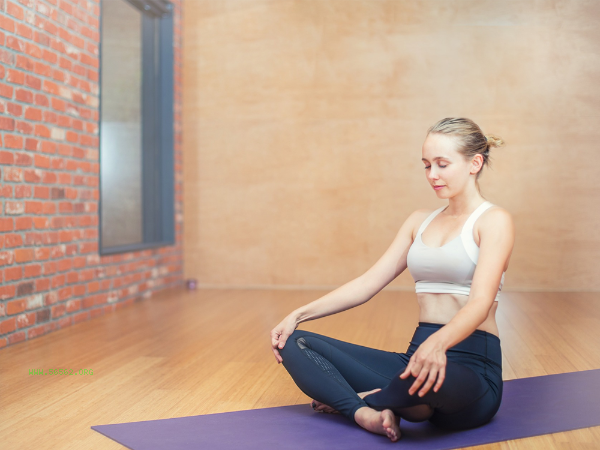Middle aged and elderly people need to choose the appropriate weight for dumbbell exercise according to their personal physique. The main methods include manual adaptability training, sitting posture recommendation, standing posture bending, supine bird flying, and deep squat compound movements. Dumbbell exercises can help enhance muscle strength, improve bone density, and cardiovascular function, but excessive weight-bearing and posture errors should be avoided.
1. Bare hand adaptability training
For those who have not been exposed to dumbbells, they can first undergo two weeks of bare hand training, focusing on exercises such as shoulder joint wrapping and empty hand pushing. After the joint flexibility improves, they can then use 1-2 kilograms of dumbbells. At this stage, the focus is on establishing the correct force application mode to avoid direct weight-bearing that can cause tendon damage.
2. Sitting posture recommendation
Choose a chair with a backrest for sitting posture shoulder recommendation, with the back tightly against the backrest to reduce lumbar pressure. Suggest using dumbbells weighing less than 3 kilograms, 8-12 times per group. This movement can strengthen the deltoid and triceps muscles, improve round shoulder posture, and requires keeping the forearm always perpendicular to the ground during training.
3. Standing posture bending
Stand with both feet shoulder width apart, with elbows close to both sides of the body, and perform bicep bending. Recommend using adjustable weight magnetic dumbbells, gradually increasing from 2 kilograms. Be careful to avoid swinging dumbbells with the help of waist strength, and maintain a 1-second contraction at the peak of the movement to better stimulate muscles.
4. Lie down on a yoga mat and complete the supine bird movement, using 1-1.5 kg dumbbells to exercise the pectoralis major muscle. When both arms are extended, keep the elbow joint slightly bent and fall to a 15 degree angle between the upper arm and the torso. This movement can prevent round back caused by osteoporosis, and it is recommended to practice it twice a week.
5. Deep squat compound movement
Hold dumbbells with both hands at the shoulder position and perform a deep squat, with a weight not exceeding 10% of body weight. When squatting, the knee should not exceed the toe, and when standing up, the gluteal muscles should be contracted. This composite movement can simultaneously exercise the lower limb muscle group and core stability, and is recommended to be performed under supervision.
Middle aged and elderly dumbbell exercises should follow the principle of training every other day, with a total duration controlled within 30 minutes each time. Before and after training, 10 minutes of dynamic and static stretching are required, with a focus on the wrist and shoulder joints. Pay attention to supplementing high-quality protein and vitamin D in diet, with a daily protein intake of 1.2 grams per kilogram of body weight. Stop training immediately when joint pain or dizziness occurs, and consult a rehabilitation physician if necessary. It is recommended to wear a heart rate monitoring device and control the exercise heart rate within a safe range of 220 age x 60%.




Comments (0)
Leave a Comment
No comments yet
Be the first to share your thoughts!